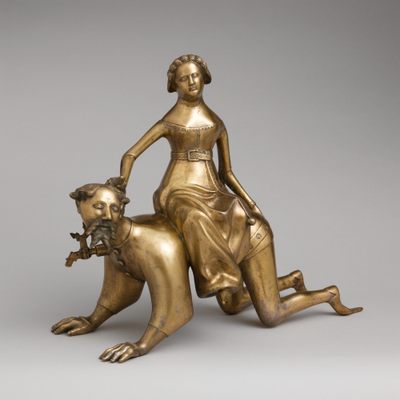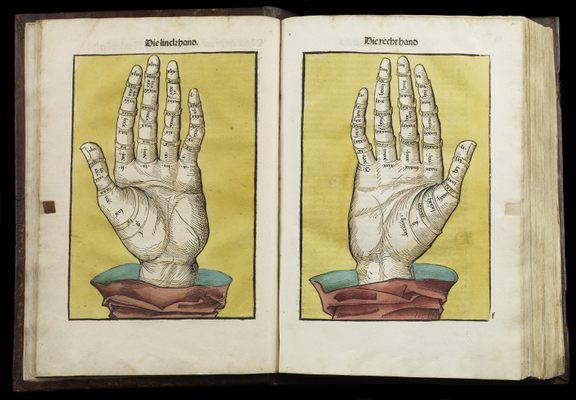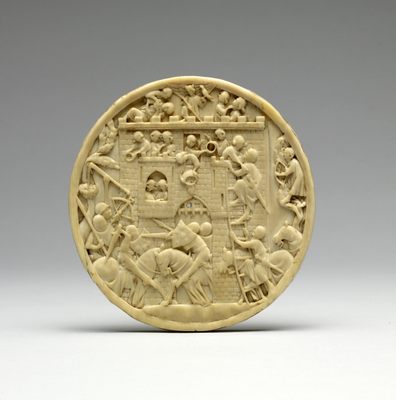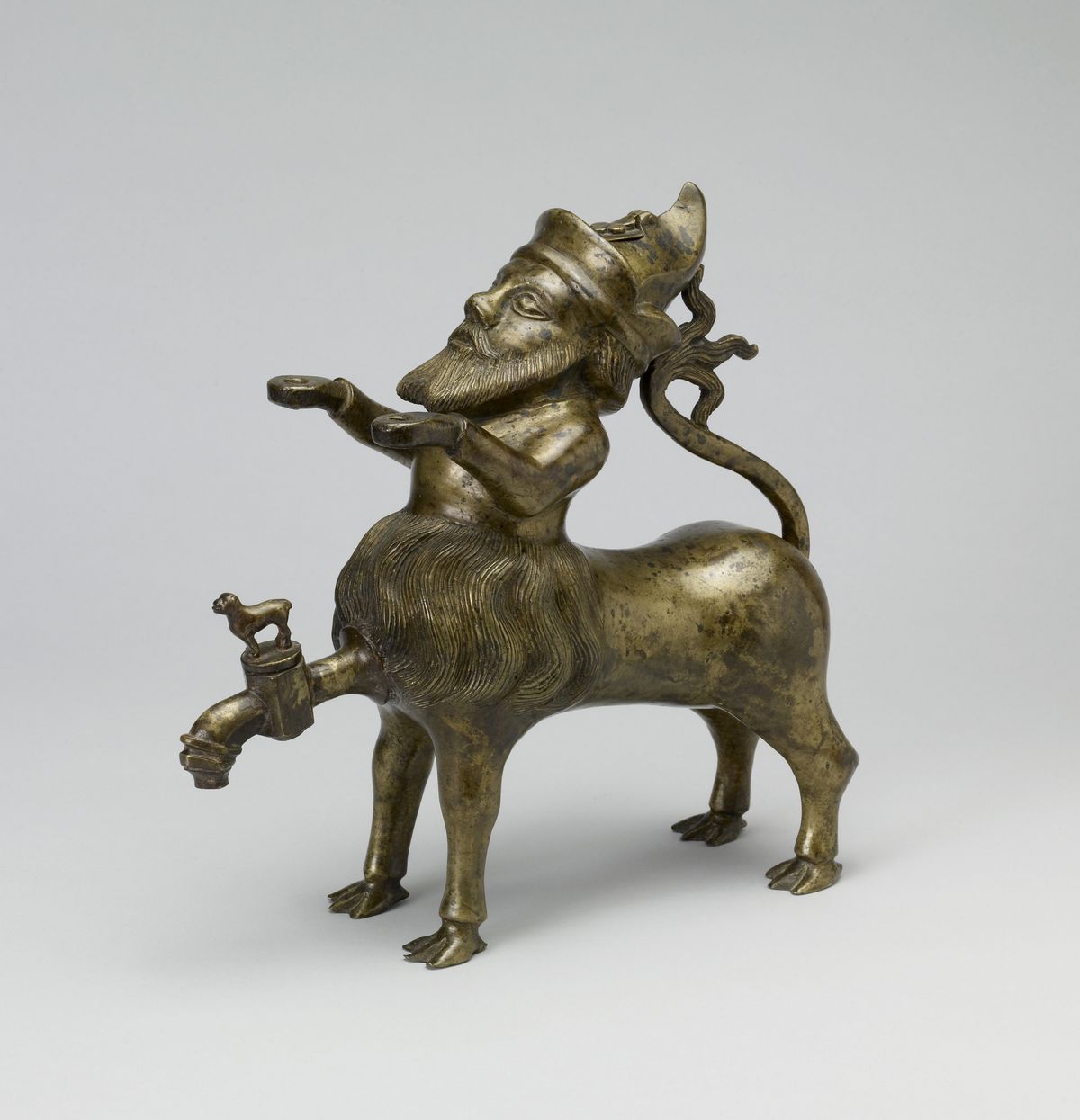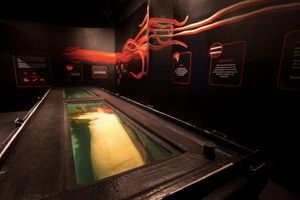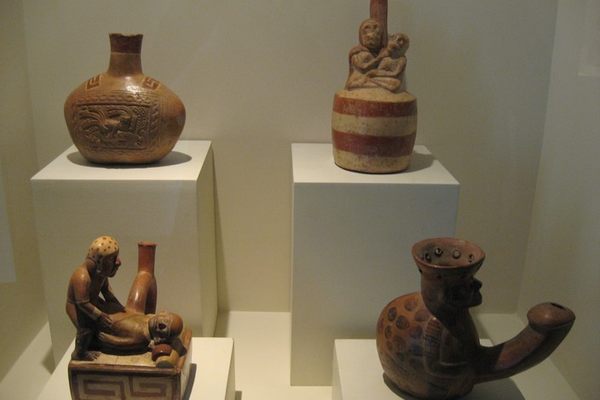About
The Middle Ages tends to get a bad rap, considered among the darkest eras in history, depicted more often than not as humorless and bleak. The new medieval art exhibit at the Ringling Museum of Art hopes to buck this notion, and show that the people who lived in medieval Europe enjoyed and celebrated life and its pleasures. Nothing in the exhibit should give you the impression of dark times.
In fact, the art and objects in the exhibit are more than on display. The pieces, all created between the years 1100 and 1500, are meant to be experienced the way they were experienced when they were first created in the decades leading up to the Renaissance—which is to say, not only seen, but smelled, heard, touched, tasted, and felt.
The 80-plus pieces exhibited come from around the world, borrowed from notable museums like the Metropolitan Museum of Art and the Louvre. They include paintings, sculptures, jewelry, chalices, tapestries, and stained glass. Some of the exhibits go beyond simple sight in an atmospheric way, as with the sounds of church bells and birds chirping. Others are more specific.
In the painting “Mary Queen of Heaven,” angels play instruments and sing as Mary is lifted to up to Heaven. Since the singing angels are holding sheet music, scholars figured out what music is being depicted in the painting, and viewers of the painting at this exhibit will also hear that music in the background. Visitors can touch a reproduction of a 16th century gold and enamel rosary and smell ecclesiastical incense in a church-themed gallery while looking at a 15th century silver censer. Labels describing festivals and the Eucharist give visitors an idea of the tastes of the time.
The sensations intended to be brought forth by the exhibit include emotional ones. Viewers may feel a little embarrassed looking at bawdy pieces like a statue featuring a “seductress” riding on Aristotle’s back or an ivory chip explaining the rules of a dirty version of Blind Man’s Bluff.
Related Tags
Know Before You Go
The temporary exhibit is now permanently closed.
Community Contributors
Added By
Published
March 28, 2017
Sources
- https://www.ringling.org/events/feast-senses-art-and-experience-medieval-europe
- http://www.yourobserver.com/article/%27a-feast-for-the-senses%27-opens-at-the-ringling
- https://www.sarasotamagazine.com/articles/2017/2/1/a-feast-for-the-senses-to-open-at-the-ringling
- http://www.heraldtribune.com/news/20170310/art-review-earthly-and-heavenly-art-evoke-medieval-experience-at-ringling
- https://www.nytimes.com/2017/03/14/arts/design/smell-taste-touch-history-museums-engage-five-senses.html?_r=0




